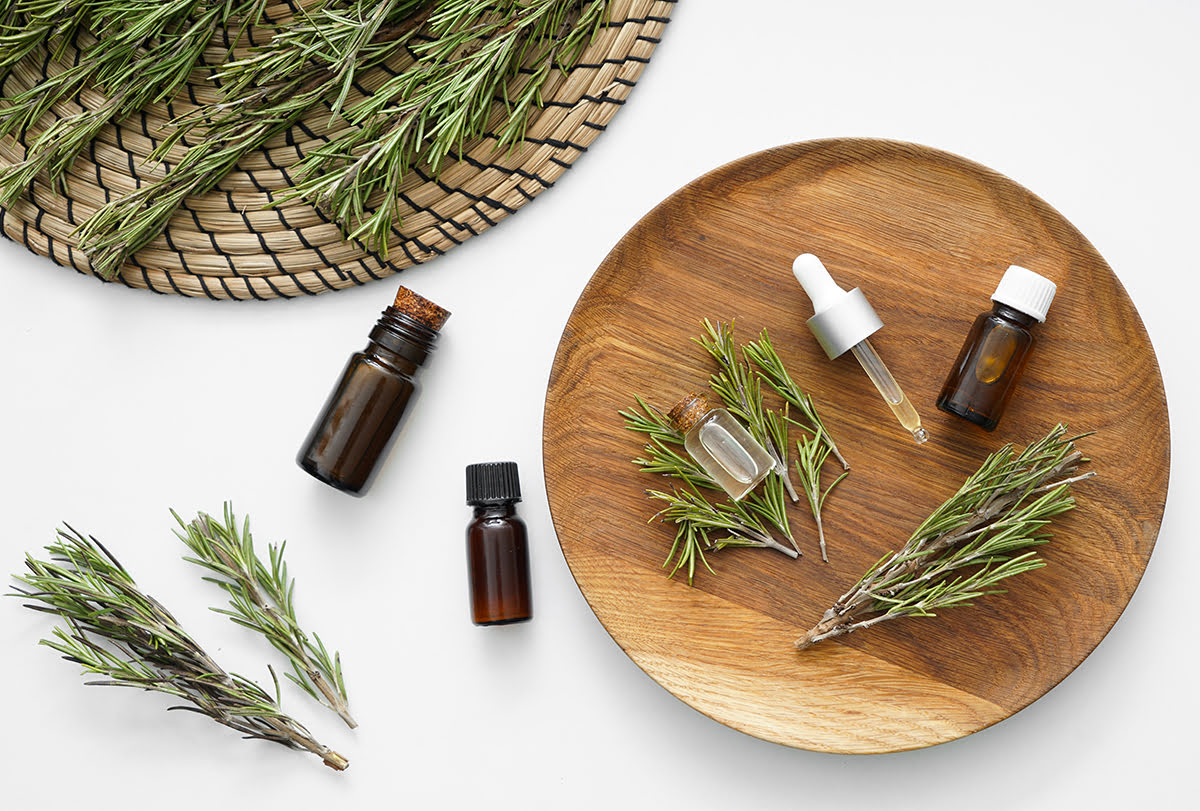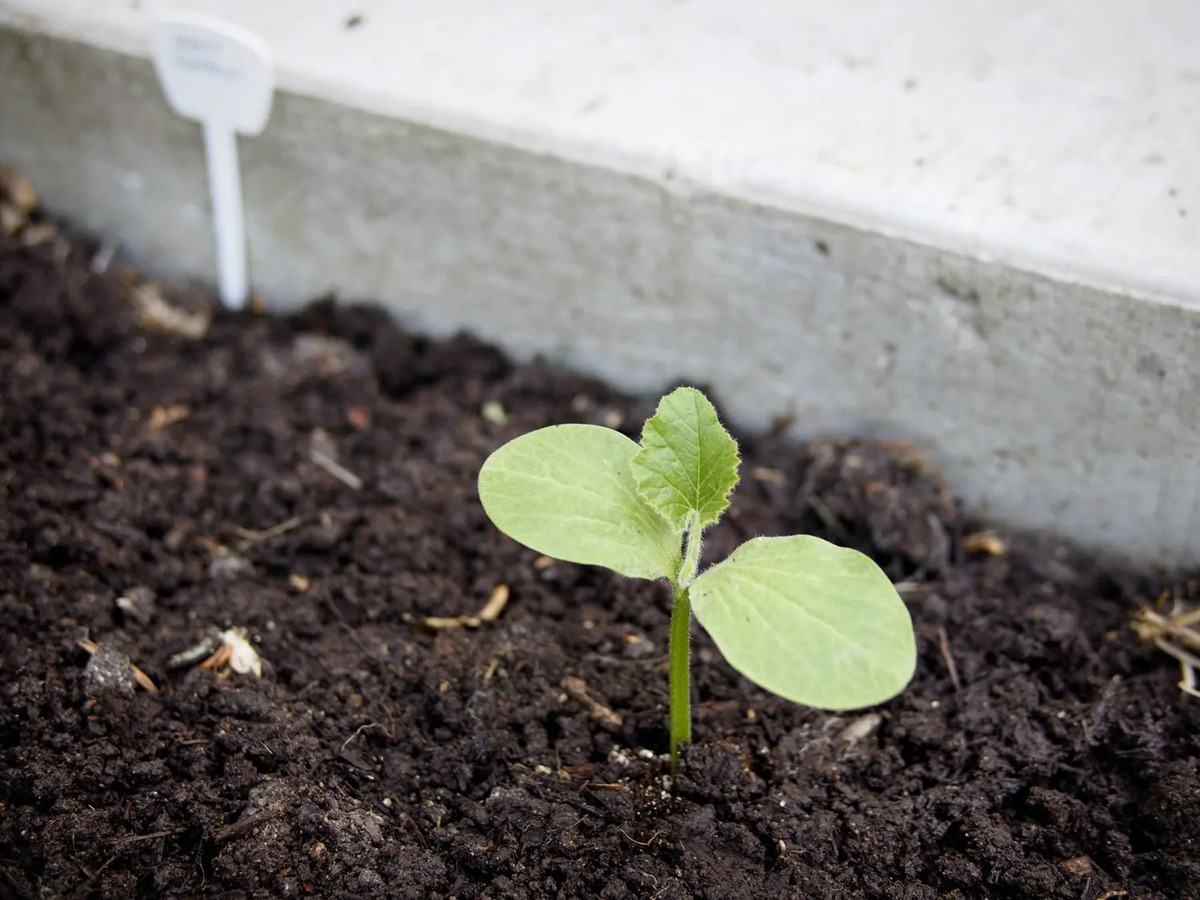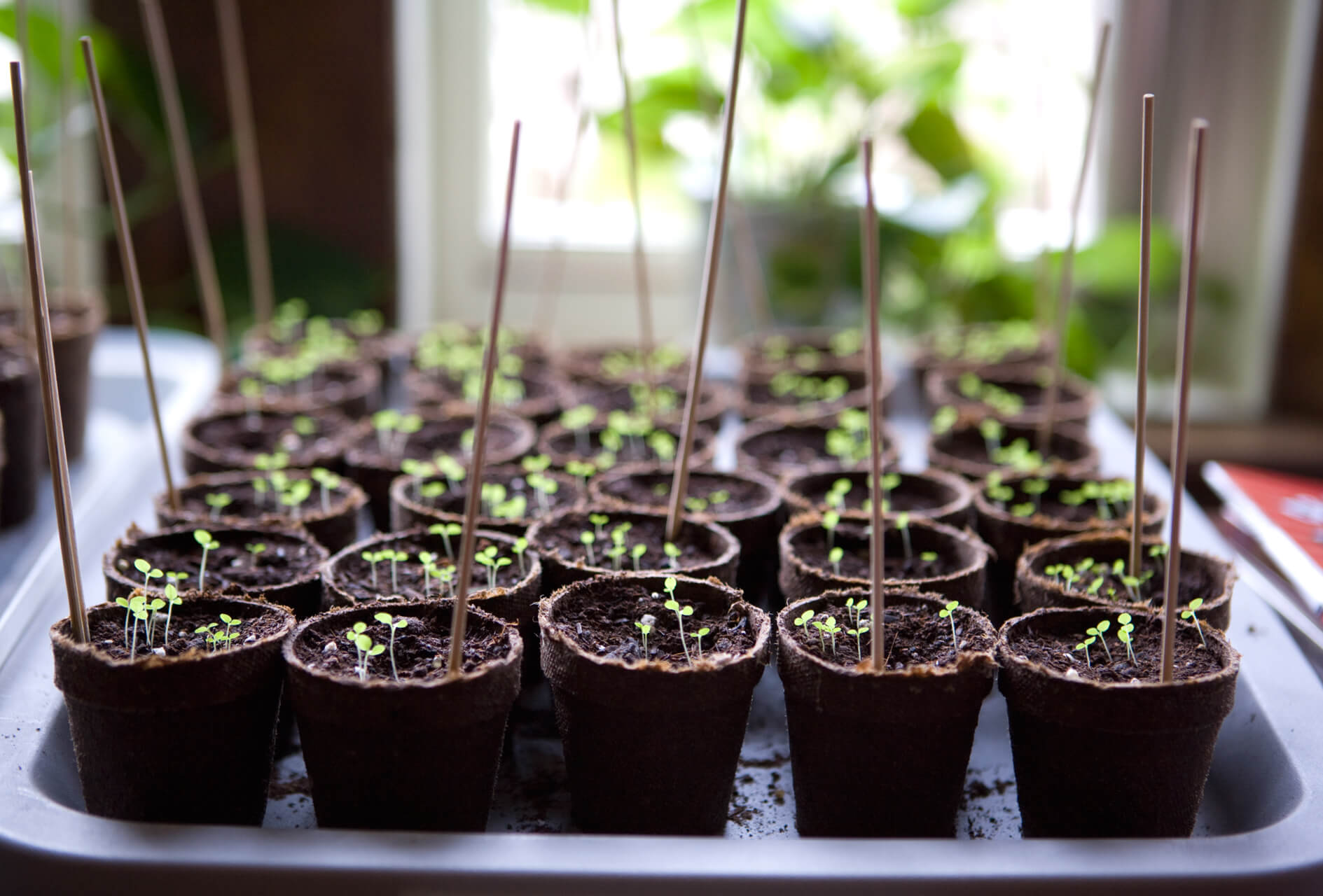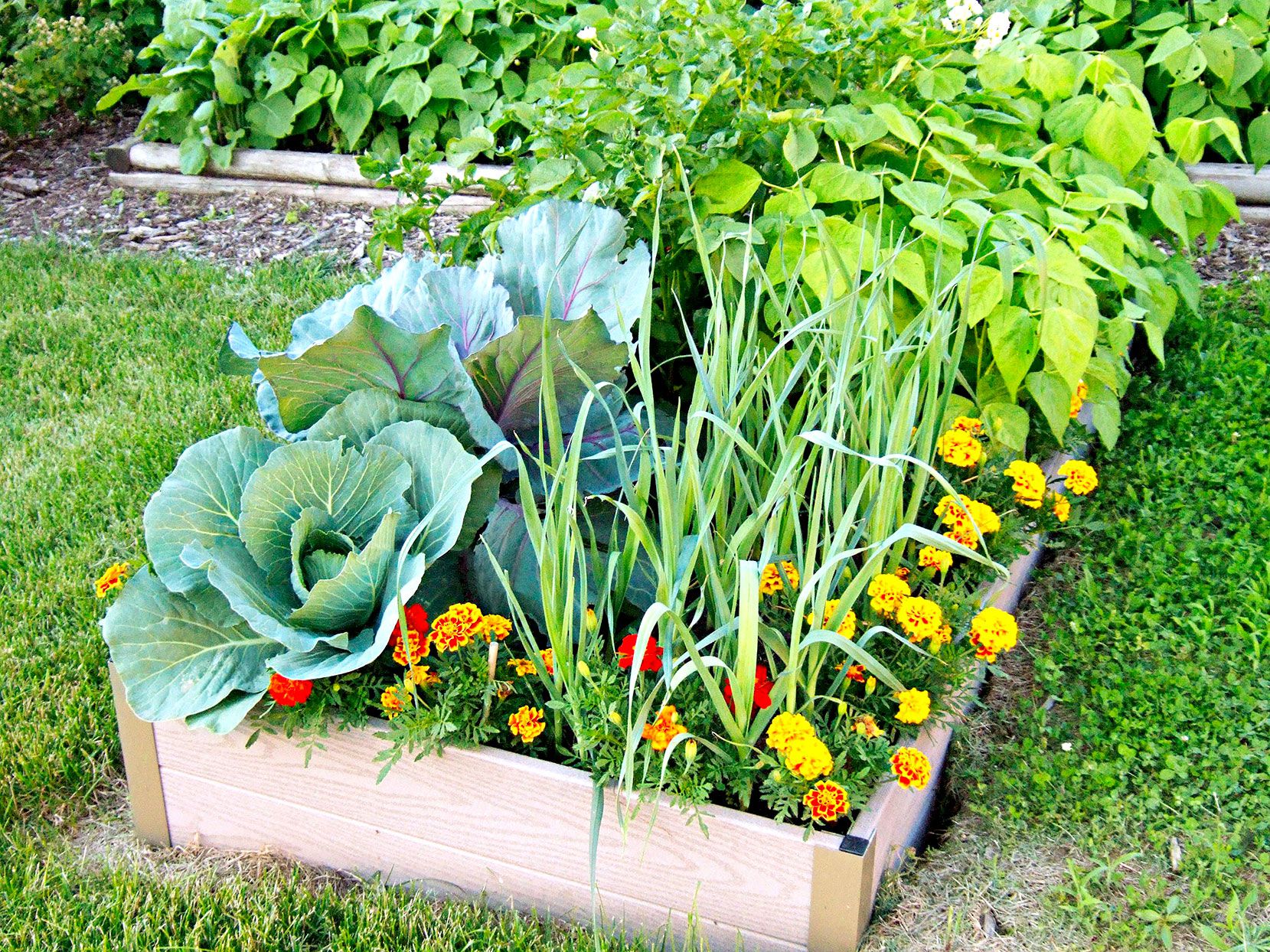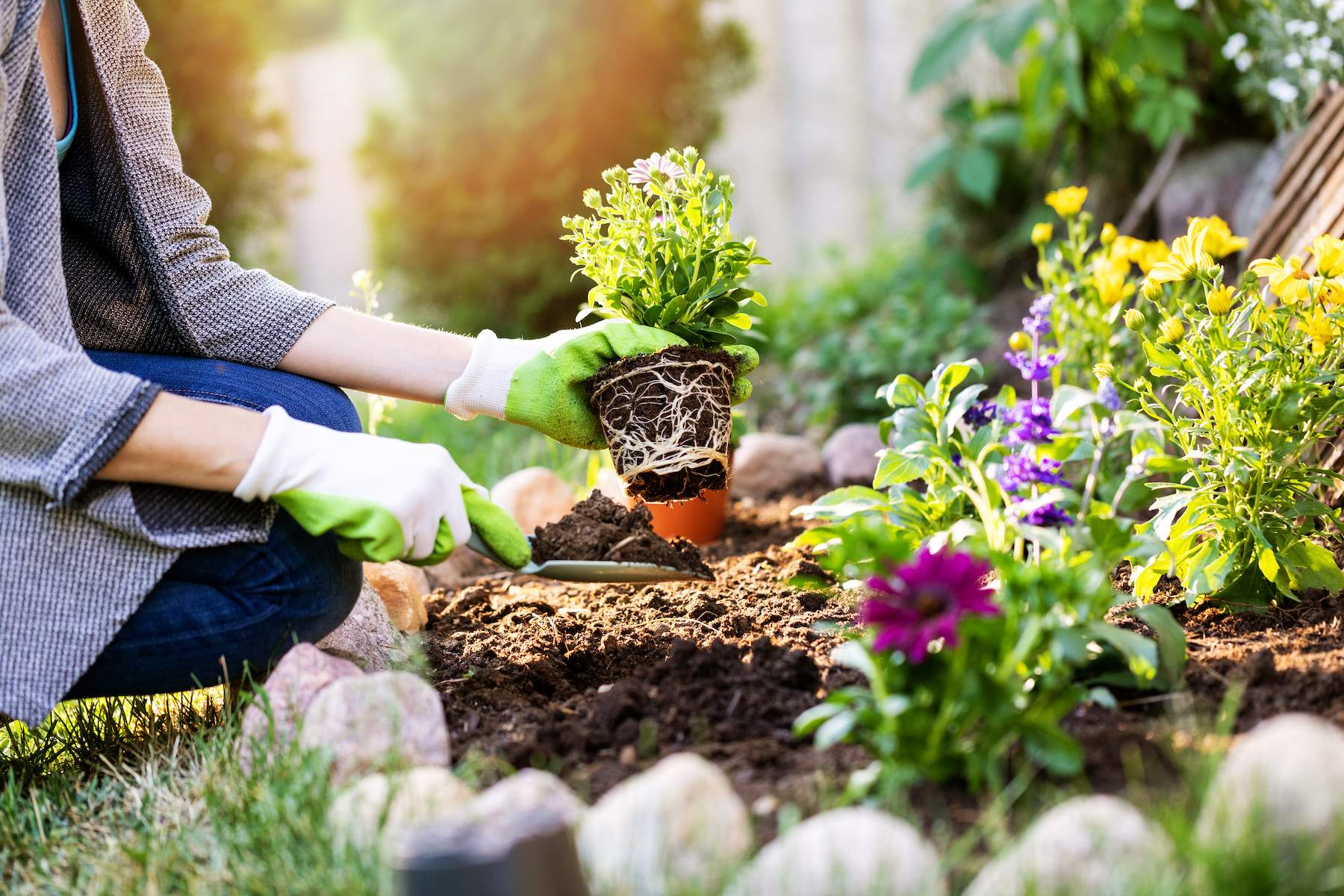Home>Gardening Techniques>Seasonal Gardening>When Should I Start Planting My Garden


Seasonal Gardening
When Should I Start Planting My Garden
Modified: February 10, 2024
Learn when to start planting your garden with our seasonal gardening tips. Plan ahead for a successful harvest by following our planting guide.
(Many of the links in this article redirect to a specific reviewed product. Your purchase of these products through affiliate links helps to generate commission for Chicagolandgardening.com, at no extra cost. Learn more)
Table of Contents
Introduction
Gardening is a beloved pastime for many, providing a sense of relaxation, connection to nature, and the satisfaction of growing your own plants. Whether you’re a seasoned gardener or just starting out, one of the most common questions that arise is, “When should I start planting my garden?”
The answer to this question may vary depending on several factors, such as your location, climate, and the specific plants you want to grow. In this article, we will explore the key considerations and guidelines to help you determine the optimal time for planting your garden.
Before diving into the details, it’s important to note that gardening is a delightful blend of art and science. While there are general rules to follow, experimentation and adaptation are also part of the process. So, don’t be afraid to adjust your planting schedule based on your observations and experiences.
Now, let’s take a closer look at the factors you should consider before planting your garden, to ensure a successful and bountiful harvest.
Factors to Consider Before Planting
Before you start planting your garden, there are several important factors to take into consideration. These factors will help determine the overall success of your garden and ensure that your plants thrive.
First, and perhaps most importantly, consider your local climate and weather conditions. Different plants have specific temperature and light requirements, so understanding your climate will help you choose the right plants for your garden. Determine your average first and last frost dates, as they play a crucial role in determining when to start planting.
Next, assess the quality of your soil. Good soil is essential for plant growth as it provides necessary nutrients and a suitable structure for roots to grow. Conduct a soil test to determine its pH level and nutrient content. Based on the results, you might need to amend your soil with organic matter, such as compost or manure, to improve its fertility.
Another important factor to consider is the available sunlight in your garden. Most vegetables and flowering plants require at least six hours of direct sunlight each day, while some shade-loving plants thrive in partially shaded areas. Observe your garden throughout the day to identify the sunniest and shadiest spots, and plan your planting accordingly.
Water availability is also crucial for the health of your plants. Take note of the natural drainage in your garden and make sure that excess water can flow away from plants’ roots. Consider the proximity of water sources, such as outdoor spigots or irrigation systems, to ensure easy access for watering.
Lastly, think about any potential pest or disease issues in your area. Different regions may have unique challenges, such as specific insects or plant diseases. Research common pests and diseases in your area and choose plants that are more resilient or resistant to these issues.
By considering these factors before planting, you will be better equipped to make informed decisions about what to plant and when to plant it. With a solid foundation, your garden will have a greater chance of flourishing and providing a beautiful, bountiful harvest.
Soil Preparation
Preparing the soil is a crucial step in ensuring the success of your garden. Good soil provides the necessary nutrients, proper drainage, and optimal structure for plants to flourish. Follow these steps to prepare your soil for planting:
1. Clear the area: Start by removing any weeds, rocks, or debris from the planting area. This will ensure that your plants have ample space to grow and reduce competition for nutrients.
2. Soil testing: Conduct a soil test to determine the pH level and nutrient content of your soil. Test kits are readily available at garden centers or through agricultural extension offices. Based on the results, you can make amendments to adjust the pH level or add specific nutrients, such as nitrogen, phosphorus, and potassium.
3. Add organic matter: Improve the overall fertility and structure of your soil by incorporating organic matter, such as compost or well-rotted manure. Organic matter enhances soil structure, promotes beneficial microbial activity, and helps retain moisture. Spread a layer of organic matter evenly over the planting area and mix it into the top few inches of soil.
4. Loosen the soil: Use a garden fork or tiller to loosen the soil. This will break up compacted soil, improve aeration, and make it easier for plant roots to penetrate the soil. Avoid over-tilling, as it can disrupt the natural structure of the soil.
5. Level the surface: Smooth out the soil surface using a rake or garden hoe. This will create a more uniform planting area and help with water distribution. Remove any large clumps or rocks that may hinder plant growth.
6. Mulch: After planting, apply a layer of organic mulch, such as straw or wood chips, around your plants. Mulch helps suppress weed growth, conserve soil moisture, and regulate soil temperature.
By taking the time to properly prepare your soil, you are setting the stage for healthy plant growth and abundant yields. Your plants will be able to access the necessary nutrients and moisture, establishing a strong foundation for a thriving garden.
Choosing the Right Plants
Choosing the right plants for your garden is essential for a successful growing season. Factors such as your gardening experience, available space, climate, and personal preferences should all be considered when making plant selections. Here are some tips to help you choose the right plants:
1. Determine your gardening goals: Are you looking to grow vegetables, flowers, or a mix of both? Consider the purpose of your garden and the specific plants that will fulfill your goals. If you’re a beginner, start with easy-to-grow plants that require minimal maintenance.
2. Know your climate: Research the specific climate conditions in your area, including average temperatures, frost dates, and rainfall patterns. Choose plants that are well-suited to your climate and can thrive in the available growing season.
3. Consider your space: Assess the amount of space you have available for gardening. If you have a small backyard or limited container space, focus on plants that are compact or suitable for vertical gardening. Planning ahead will ensure that you maximize the use of your available space.
4. Sunlight requirements: Different plants have varying sunlight requirements. Determine the amount of sunlight your garden receives throughout the day, and choose plants that match those requirements. Full sun plants need at least six hours of direct sunlight, while shade-loving plants thrive in areas with limited sunlight.
5. Companion planting: Consider companion planting, which involves growing compatible plants together to enhance growth and deter pests. For example, planting marigolds alongside vegetables can help repel certain insects. Research companion plants that work well together to create a balanced and harmonious garden ecosystem.
6. Personal preferences: Don’t forget about your own preferences and tastes! Choose plants that you genuinely enjoy and are excited to cultivate. Whether it’s vibrant flowers, flavorful herbs, or tasty vegetables, selecting plants that you love will make the gardening experience more enjoyable.
By taking the time to choose the right plants for your garden, you ensure that they will thrive in your specific environment and provide you with a beautiful and satisfying gardening experience. Whether you’re a beginner or a seasoned gardener, the right plant choices can make all the difference in the success of your garden.
Understanding Planting Zones
Planting zones, also known as hardiness zones, are a useful tool for gardeners to understand the climate conditions in their specific region. They provide valuable information about the temperature ranges in different areas, helping gardeners determine which plants are most likely to thrive in their location. By understanding planting zones, you can make informed decisions about when to start planting and which plants are best suited for your garden.
The most commonly used system for determining planting zones is the USDA Hardiness Zone map. This map divides the United States into 13 different zones based on the average annual minimum temperature. Each zone represents a 10-degree Fahrenheit difference in average winter temperatures, ranging from Zone 1 with the coldest temperatures to Zone 13 with the mildest.
To determine your specific planting zone, you can refer to the USDA Hardiness Zone map, which is available online. Simply enter your zip code or locate your region on the map to find your corresponding zone. Once you know your planting zone, you can use this information as a guide for selecting plants that are hardy and well-suited to your climate.
It’s important to keep in mind that planting zones are just one piece of the puzzle when it comes to gardening. Other factors, such as local microclimates, soil conditions, and rainfall patterns, also play a role in determining plant success. Observing and adapting to your specific conditions will help you make the most of your garden.
Additionally, planting zones are not static and can shift over time due to climate change and other environmental factors. It’s crucial to stay informed about any changes that may affect your gardening practices and be open to experimenting with new plant varieties that may better suit your evolving climate.
Understanding your planting zone gives you a starting point for selecting plants and planning your garden. By choosing varieties that are recommended for your zone, you increase the likelihood of successful growth and abundant harvests. Use this knowledge as a tool to make educated decisions and embark on a fulfilling gardening journey.
Planting Dates for Common Garden Crops
Knowing the recommended planting dates for common garden crops is essential for achieving optimal growth and harvest. While actual planting dates may vary depending on your specific location and climate, here is a general guideline to help you get started:
- Early Spring:
- Leafy Greens: Plant cool-season greens like lettuce, spinach, and kale as soon as the soil can be worked in early spring. These crops can tolerate some frost.
- Peas: Sow peas at the beginning of spring as they prefer cooler temperatures. They can be planted directly into the ground or started indoors and then transplanted.
- Late Spring:
- Tomatoes: Start tomato seeds indoors 6-8 weeks before the last expected frost in your area. Transplant them outdoors once soil temperatures have warmed up.
- Peppers: Similarly, start pepper seeds indoors 8-10 weeks before the last frost. Transplant them once the soil is warm and all danger of frost has passed.
- Early Summer:
- Squash: Plant squash seeds or seedlings in the garden once the soil has warmed up and the danger of frost has passed.
- Cucumbers: Cucumbers can also be planted in early summer once temperatures are consistently warm. They prefer well-drained soil and plenty of sunlight.
- Fall:
- Root Vegetables: Plant crops like carrots, beets, and radishes in late summer or early fall for a fall harvest. These vegetables prefer cooler temperatures.
- Brassicas: Brassicas such as cabbage, broccoli, and cauliflower can be started indoors in mid-summer or directly sown into the ground for a fall harvest.
Remember, these planting dates are general guidelines, and it’s essential to consider your specific climate, soil conditions, and the characteristics of each crop. Some plants may have specific requirements or preferences, so it’s always a good idea to consult seed packets or gardening references for more precise information.
By following these planting dates and adjusting them based on your local conditions, you can maximize the success of your garden and enjoy a bountiful harvest throughout the growing season.
Protecting Your Garden from Frost
Frost can be a gardener’s worst nightmare, as it can damage or kill sensitive plants. However, there are several measures you can take to protect your garden from frost and extend your growing season:
1. Stay informed: Keep track of weather forecasts and pay attention to frost advisories. Knowing when a frost is likely to occur will help you prepare in advance.
2. Cover your plants: Covering your plants with frost blankets, cloths, or old sheets can provide protection from freezing temperatures. The cover acts as an insulating barrier, trapping heat from the soil and preventing frost from forming on the leaves.
3. Water your plants: Wet soil retains more heat than dry soil, so watering your plants before a frost can help keep them warmer. Water the soil around the base of the plants, but avoid wetting the foliage, as this can increase the risk of frost damage.
4. Use mulch: Applying a layer of mulch around your plants helps insulate the soil, preventing rapid temperature fluctuations. Mulch also helps retain moisture and suppress weed growth.
5. Utilize protective structures: Using cold frames, row covers, or mini greenhouses can provide an extra layer of protection for your plants. These structures create a microclimate that shields your plants from the cold and allows you to continue gardening even during frosty periods.
6. Plant frost-tolerant varieties: When selecting plants for your garden, consider choosing varieties that are more tolerant of cold temperatures and frost. These plants are better equipped to withstand chilly conditions without sustaining significant damage.
7. Take advantage of microclimates: Within your garden, there may be microclimates that offer varying levels of frost protection. For example, planting near a south-facing wall can provide warmth and shelter from cold winds. Observing and utilizing these microclimates can increase your garden’s resilience to frost.
It’s important to note that while these measures can help protect your plants from light frosts, severe freezes may still cause damage. In extreme cases, it may be necessary to harvest any remaining crops and bring potted plants indoors.
By implementing these strategies and being proactive in protecting your garden from frost, you can safeguard your plants and extend the growing season, allowing for a more abundant and successful harvest.
Extending the Growing Season
Extending the growing season allows you to enjoy fresh produce for a longer period and maximize the productivity of your garden. By implementing a few techniques, you can protect your plants from the effects of cold temperatures and frost and continue harvesting well into the fall or even winter:
1. Use season extenders: Season extenders, such as cold frames, hoop houses, and high tunnels, create a protected environment for your plants. These structures capture and retain heat, providing a few extra weeks or months of growing time. They can be used to start plants earlier in the spring or keep them growing later into the fall.
2. Floating row covers: Floating row covers made of lightweight fabric provide a physical barrier that protects plants from cold temperatures and frost. They allow sunlight, water, and air to reach the plants while insulating them from the harsh outdoor conditions.
3. Cold-tolerant crops: Choose cold-tolerant varieties of vegetables that can withstand cooler temperatures. Vegetables like kale, Swiss chard, Brussels sprouts, and root crops such as carrots and parsnips can tolerate frost and even improve in flavor after exposure to colder weather.
4. Succession planting: By staggering your plantings throughout the growing season, you can ensure a continuous harvest. Planting additional crops as others are harvested keeps your garden productive for an extended period.
5. Mulching: Apply a layer of mulch around your plants to insulate the soil and regulate temperature. Mulch helps retain moisture and acts as a buffer against temperature fluctuations, providing a more favorable environment for plant growth.
6. Crop rotation: Rotate your crops each year to prevent the build-up of pests and diseases. This practice helps maintain healthier plants and extends the overall productivity of your garden over time.
7. Protecting plants overnight: During particularly cold nights, consider covering individual plants with cloths, buckets, or plant covers to provide extra protection. Remove the coverings during the day to allow sunlight and air circulation.
Remember to monitor the weather and take preemptive actions to protect your plants. Be aware of local microclimates and adjust your strategies accordingly. Experimentation is key in finding the techniques that work best for your specific garden and climate conditions.
By implementing these methods, you can successfully extend your growing season and reap the rewards of fresh produce for longer periods. Enjoy the satisfaction of having a thriving garden, even when the temperatures drop!
Conclusion
Gardening allows us to connect with nature, cultivate beautiful plants, and harvest fresh produce. When it comes to planting your garden, timing is crucial. By considering factors such as your climate, soil conditions, and available space, you can determine the optimal planting dates and select the right plants for your garden.
Understanding planting zones helps you make informed decisions about which plants are best suited to your climate and growing conditions. By following recommended planting dates and adjusting them based on your specific location, you can maximize the success of your garden and enjoy a bountiful harvest.
Proper soil preparation is essential for healthy plant growth, ensuring that your plants receive the necessary nutrients and a suitable environment for their roots to thrive. Taking the time to prepare your soil will lay the foundation for a thriving garden.
Choosing the right plants for your garden is a personal and exciting process. Consider your gardening goals, climate, and available space, and select plants that align with your preferences and needs. Companion planting and considering the individual requirements of each plant will contribute to a harmonious and productive garden.
Protecting your garden from frost is a crucial part of maintaining plant health and extending the growing season. By covering plants, using mulch, and utilizing protective structures, you can guard against freezing temperatures and increase your potential harvest.
Finally, by implementing techniques such as season extenders, succession planting, and crop rotation, you can extend the growing season and continue enjoying fresh produce long after summer. These practices allow you to make the most of your garden and embrace the rewards of your efforts.
Remember, gardening is both an art and a science. While these guidelines provide a solid starting point, don’t be afraid to experiment and adapt to your specific conditions. Embrace the joy of gardening, learn from your experiences, and let your garden flourish.
Now that you have a deeper understanding of when to start planting your garden and how to optimize its success, it’s time to roll up your sleeves and embark on your gardening journey. Happy planting!
